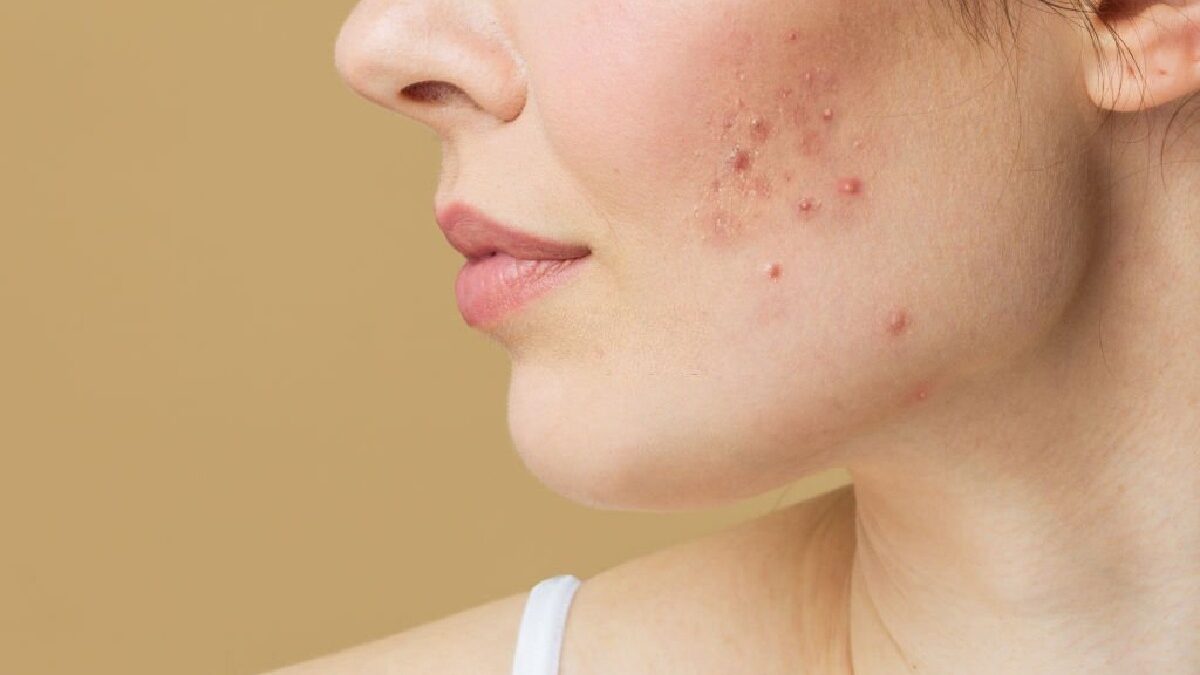SPOTS ON THE SKIN. CAN THEY BE REMOVED COMPLETELY – Depigmentation? We explain how to prevent stains and treat them when they have already appeared. Good news: drugstore creams work! Hyperpigmentation problems (spots on the face, hands and neckline) occur at some point in life, and no, they are not old age spots; they are spots from not being careful when you were young.
The cold is making its presence felt, and in case we didn’t have enough masks, now we think about those moments in the sun on the beach. It is a sensation that gives us pleasure, but photoprotection takes its toll when abused and without adequate.
As we already know, solar radiation is the main factor that, together with others such as contraceptives, photosensitizing medication or genetic predisposition, can cause the appearance of spots on the skin. First of all, you should know how to identify them. A solar lentigo, which can appear on the face or neckline due to sunbathing too much, is not the same as melasma, a hormonal stain in specific areas such as the forehead, lip or chin. On the other hand, the famous ephelides or freckles and hyperpigmentation can arise after an inflammatory process such as hair removal or an inflammatory pathology such as acne.
TYPES OF STAINS
Differentiating them (and watching them) is knowing what we expect, especially if we want a more homogeneous skin. Winter is the ideal time to undergo depigmenting treatments.
1 Solar lentigo
type spots appear due to solar overexposure over the years, are usually well defined, light to dark brown, and typically appear on the face, neckline, back of the hands, forearms, legs, and neck. Scalp, mainly in older men with hair loss. Prevention is based, above all, on photoprotection.
2 Hormonal spots, melasma, or pregnancy stains, usually the most resistant, “require a good long-term dermo-cosmetic protocol to improve.” The best results are obtained with depigmenting agents: hydroquinone (2%-4%), glycolic acid, tranexamic acid, retinoic acid, trichloroacetic acid, kojic acid, azelaic acid, ascorbic acid or mandelic acid. The fundamental thing in melasma is photoprotection with a factor of 50 or 50+ if it protects against visible light better.
3 Postinflammatory hyperpigmentation spots, any inflammatory process that occurs in the skin. Acne is usually the most common cause, although it can also be caused by burns, insect bites, or even atopic dermatitis. The main thing is to eliminate the cause of the stain and then use treatment with depigmenting agents.
4 Ephelides or freckles are small spots that are distributed irregularly.
WHAT COSMETIC ASSETS DO WE CHOOSE?
For all these assets, it is better to be well prescribed and monitored by a specialist doctor or a pharmacist specialized in term pharmacy. They all have possible irritations or even hyperpigmentation (by rebound, we can say) as contraindications.
1 Arbutin is a natural cosmetic asset from blueberry and bearberry leaves. We can find it in the INCI as arbutin or Arctostaphylos uva-ursi leaf power. Its depigmenting activity depends on the concentration, which can vary between 3% and 7%.
2 Azelaic Acid comes from the cultures of a fungus. Its depigmenting activity is based on concentrations of 15%-20%. A change in pigmentation can be observed after three months of treatment. You have a post where I talk about him here.
3 KojicAcid is also extracted from fungi of various genera. At a concentration of 1%, it is effective in melasma, postinflammatory hyperpigmentation and even freckles.
4 Ellagic Acid. It is a polyphenol found in strawberries, pomegranates or green tea.
5 Ascorbic Acid or Vitamin C is an antioxidant whose formulation depends on its depigmenting efficacy. But in addition to having a depigmenting action, it advances the skin’s barrier function, promotes collagen formation and inhibits elastin degradation.
6 TranexamicAcid, with more and more studies demonstrating its efficacy in melasma.
7 Niacinamide or Vitamin B3 also has multiple functions in the skin, such as increasing the synthesis of ceramides, increasing cell renewal, and being effective in treating acne and inflammatory dermatoses.
8 Acetylglucosamine (NAG) .
9 Retinoids(we leave this asset for another post, although we have already discussed it in the cosmetic dictionary here).
10 Chemical exfoliants. Alpha hydroxy acids (AHA’s) and Beta hydroxy acids (BHA’s).
11 Plant Extracts. Up to 101 extracts with a depigmenting effect that act on melanin synthesis.
PREVENTION, PREVENTION. WHAT IS ANTIOXIDANT PROTECTION?
We already have assumed the need for a daily photoprotector (and its replacement every 4 hours). Well, now we will talk about antioxidant protection; what is it? If we apply an antioxidant serum, we will reinforce the security of the skin against radiation. In addition, we must remember that certain antioxidants protect us from free radicals and have depigmenting action, such as Niacinamide or Vitamin C.

